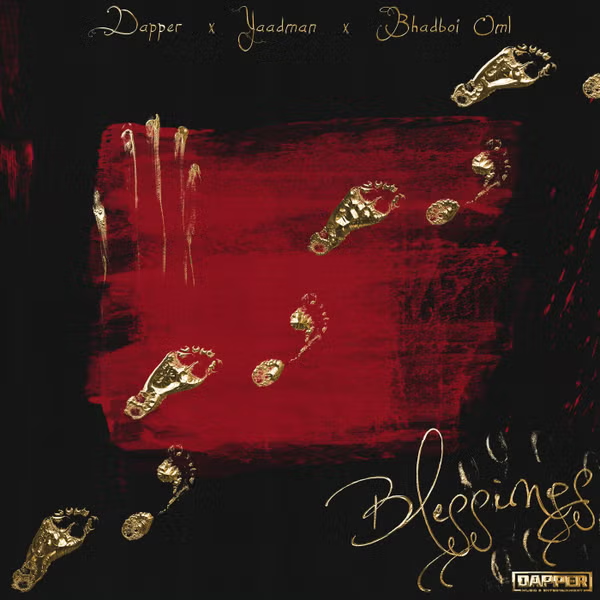Also referred to as the Bantwana tribe, the Vadoma people live in the northern part of Zimbabwe, especially in the valley of river Zambezi within Sipolilo district and Urungwe district.
Beyond the scattering of bamboo huts where river beds dry up and dirt tracks end and the nearest police outpost is hundreds of miles away…
Beyond musiga trees stripped of bark, high up in the Chiruwa hills, you will at last hear the far-off rumbling of drums that belong to a tribe known as the ostrich people because of their V-shaped feet.
They are the Vadoma, or two-toed tribe, and they provide an unmatched example of genetic effects in a small population, for they have the condition known as ectrodactyly in which the middle three toes are absent.
Within this native community you will find a number of them that cannot wear shoes because of the nature of their feet; they have just two large toes on each of their foot.
They only have what would be the big toe and the ‘small last’ toe on a normal foot and lack the middle three toes.
The two existing toes are bent inwards, and despite the fact that they can walk with such feet, they do so as well as run with some bit of difficulty.
However, it’s supposed that these unique feet make them very good tree climbers.
According to the tales of the Vadoma elders, they allege that their ancestors whom they believe originated from the stars where bird-like in nature and they reproduced with the early women in that area to get off-springs with such unique feet.
The elders maintain that their early ancestors traveled from Sirius a star system and established their first colonies on a planet locally referred to as Liitolafisi in our Solar System.
There is a sizeable number of the vaDoma people with a condition referred to scientifically as ectrodactyly where the three middle toes on the foot are absent while the existing two are curved inwards.
And is for that reason that the people of this tribe have been referred to as the ‘Ostrich-Foot’ or Two-Toed’ people. This condition which results from single mutation on chromosome 7 is autosomal dominant.
According to reports made on that tribe, it has been found that the people found with that condition are not considered handicapped but rather well integrate into the rest of this native community.
Despite the fact that this condition makes them very good tree climbers, it continues to prevail among the vaDoma people and that is mainly because their local traditions forbid them form marrying anyone who is not of their tribe, so intermarriages do not occur among these people.
The vaDoma people are generally an isolated people and consequently the ectrodactyly condition has been maintained among them.
For that reason, cases of this small gene-pool can most be found among them than anywhere else across the world.
Similarly this condition has also been observed with some members of the Eastern Shona Kalanga community found in Kalahari Desert and because of that it assumed that these two communities could be related in some way.


























